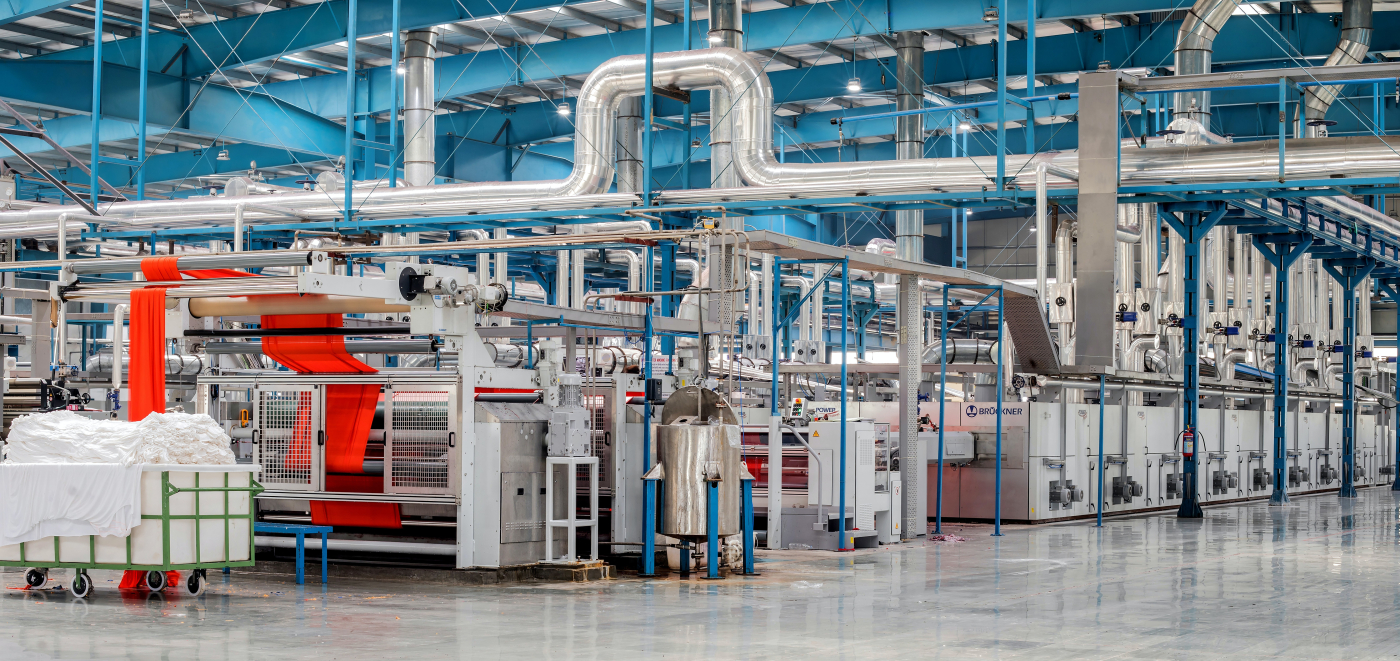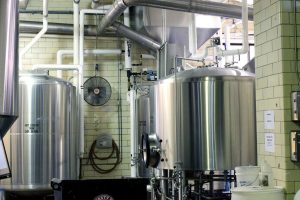Completing this two-part article, Asset Management specialist Paul Wood discusses the value in maintenance, alignment to business strategy and more in relation to the maintenance optimisation of a business.
Value in Maintenance
One big issue when adopting maintenance strategies is demonstrating the benefit. How can you demonstrate that undertaking the maintenance prevented a failure from happening? It is important to document and highlight events which have led to the avoidance of unplanned downtime or catastrophic failure. It is equally important to understand when you are over-maintaining as this will tip the balance in cost versus benefit the wrong way. Despite best intentions and analysis, it is always possible to adopt the wrong approach to an asset’s maintenance, but what is important is doing something about it.
Maintenance Frequencies
It’s far too easy to do the same maintenance to all assets of a similar type but each asset should be considered separately. For example, you might have an annual task to change the suction filters on 2 hydraulic systems. However, system A runs 4 times a day and is in a relatively clean & cool environment, whilst system B operates every hour and is in a hot and dirty environment. Dependent on other operational factors, it’s possible that the filters are being changed too frequently on System A and not enough on system B.
Alignment to business strategy
An important thing to bear in mind is how the operation and maintenance of an asset align with the overall business strategy. Consideration of business objectives can ensure that resource is correctly assigned based on business priorities. This aspect forms the basis of an asset management system.
Strong leadership is required to support the implementation and adoption of changes in maintenance strategy, and whilst the senior leadership team are unlikely to be involved day to day, they should be informed enough to understand and value the role of maintenance in their organisation.
Maintenance quality
Having a competent workforce is key to undertaking maintenance tasks properly, but it is also worth highlighting the importance of the quality of documentation detailing what to do. Are jobs fully planned out with tolerances, limits, and dimensions? Are the right spares detailed to avoid unnecessary time finding them in stores? Is it clear what is being asked?
Maintenance review
There is never a wrong time to perform a maintenance review. Whether it’s as part of a capital project for a new asset, following a major failure or just a general desire to improve and move away from a firefighting maintenance approach, the key is to make a start.
It can be undertaken on one asset, a whole manufacturing line or an entire factory, the important thing is to start.
It is worth highlighting that undertaking the correct maintenance forms part of the requirements under section 2 of the ‘Health and Safety at Work Act 1974’ (HASAWA) which breaching can lead to prohibition notices being imposed and prosecutions.
Performing maintenance also forms a key part of the requirements for compliance with common UK regulations such as the:
PUWER – Provision and Use of Work Equipment Regulations 1998
PSSR – Pressure Systems Safety Regulations 2000
DSEAR – Dangerous Substances and Explosive Atmospheres Regulations 2002
COMAH – Control of Major Accidents Hazards 2015
LOLER – Lifting Operations and Lifting Equipment Regulations 1998
So, although a predominant driver for this activity is often cost saving, a review can also enable increased safety awareness, statutory compliance, higher productivity and increased staff utilisation, which means you get more for your money!
If you would like to discuss how maintenance optimisation can help your business, please give Paul Wood a call at 07825 960325.





